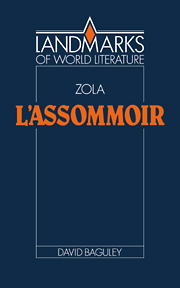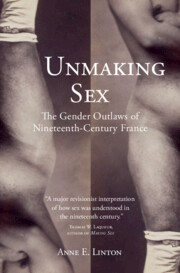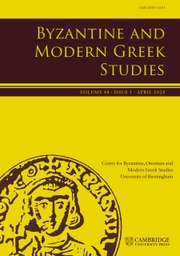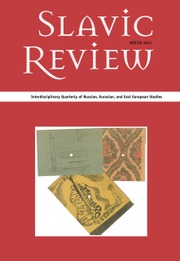Letterworlds in Late Nineteenth-Century France
Today's world of e-mails, text messages, and social media posts reminds us that letter-writing is an age-old practice that has continually re-invented itself culturally and contextually, connecting individuals and creating communities that may be local or global, personal or public, purposeful or playful, actual or virtual. Yet, we have barely begun to explore why letter-writing matters: how it teaches us important lessons, across historical, cultural, and geographical boundaries, about being human. Letterworlds turns to the past – to the late nineteenth century – in order to explore questions of crucial relevance to our present: questions of subjectivity, solitude and community, physical and mental well-being, ethics, and the everyday. Using a fresh holistic and thematic methodology, Susan Harrow examines how such issues suffuse and animate the letter-writing of a group of writers and artists whose contributions are seminal in the development of Western aesthetic modernity: Mallarmé, Morisot, Van Gogh, Cézanne, and Zola.
- Reveals the letter-writing of iconic authors and artists in its fascinating encounter with everyday matters, illuminating how their quotidian concerns resonate today
- Develops an innovative methodology – the epistolary everyday – that investigates what writers write about and, just as crucially, how they write, providing a unique translational resource in comparative, thematic methodology
- Analysis of metaphor and fantasy demonstrates the urgency of examining letter-writing on a par with literary works, illustrating the striking stylistic capacity and creativity of 'everyday' letter-writing
- Based on diverse corpora of published letters, including digital and traditional print sources, revealing unanticipated riches in publicly accessible epistolary works
Reviews & endorsements
'Providing a fresh and original discussion of letters by luminaries in late 19th century France, Susan Harrow's Letterworlds is a very good read indeed. Its focus on the mundane as well as the extraordinary, offers fresh insights and contributes in a major way to epistolary theory. A must read for anybody interested in the history and art of letter writing.' Liz Stanley, Professor Emerita of Sociology, University of Edinburgh
'This brilliant book on letters of nineteenth century artists and writers reminds us that reading letters provides not only a marvelous glimpse into the intimacy of artists, but has to be seen as a cultural production reflecting on the values, ideas and debates of their time. A wonderful reminder of the importance of correspondence in every sense of the word.' Florence Fix, Professor of Comparative Literature, Normandie University
Product details
September 2025Hardback
9781009619004
294 pages
228 × 152 mm
Not yet published - available from September 2025
Table of Contents
- Introduction: thinking letterworlds
- 1. Unlocking capacity
- 2. The embodied letter
- 3. Solitude and community
- 4. Ethics and the everyday
- Conclusion
- Bibliography
- Index.








